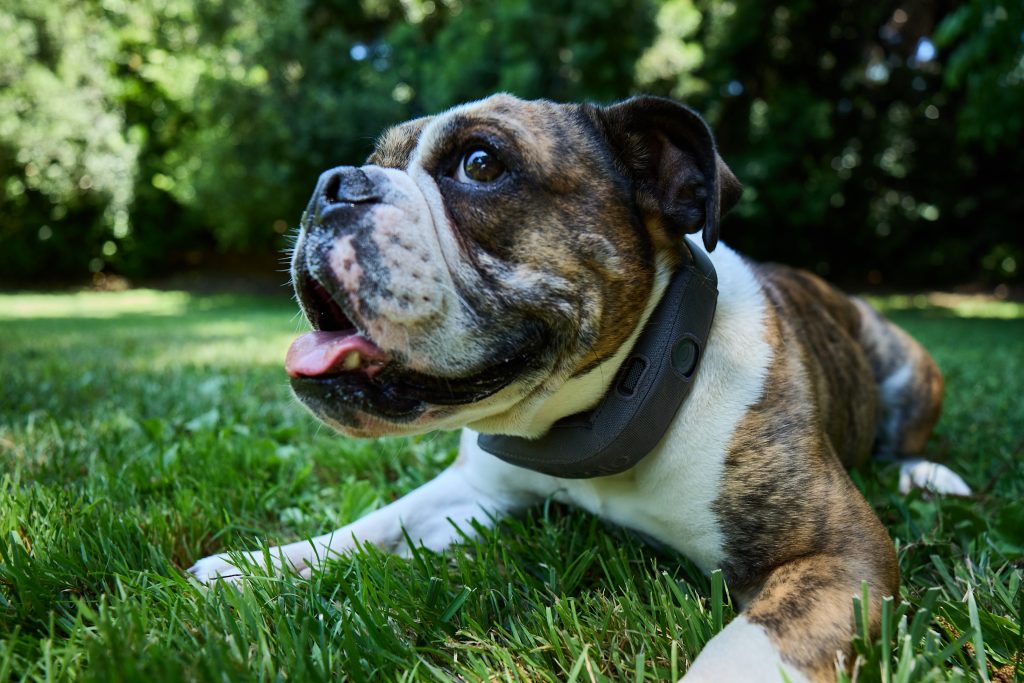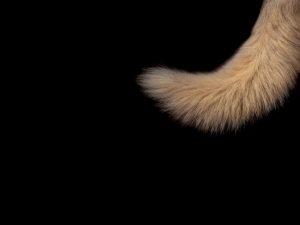
The charming, flattened faces of breeds like French Bulldogs, Pugs, and English Bulldogs have won the hearts of millions. Their large, expressive eyes and endearing snorting sounds are often seen as cute quirks. However, these distinctive features are the result of a skull shape known as “brachycephaly,” which, while popular, can lead to a serious and complex medical condition called Brachycephalic Obstructive Airway Syndrome, or BOAS.
For owners of these beloved breeds, understanding BOAS is not optional—it’s a critical part of responsible pet ownership. This comprehensive guide, based on information from leading veterinary surgical and medical experts, will explain what BOAS is, how to recognize its signs, and the steps you can take to help your dog breathe easier and live a more comfortable life.
What Are Brachycephalic Dog Breeds?

The term “brachycephalic” comes from the Greek words for “short” and “head.” Brachycephalic dog breeds are those that have been selectively bred to have significantly shortened skulls and muzzles. While this creates their characteristic flat-faced appearance, it means that all the normal nasal and pharyngeal tissues are compressed into a much smaller space, which can lead to airway obstruction.
Common brachycephalic dogs include:
- French Bulldogs
- English Bulldogs
- Pugs
- Boxers
- Shih Tzus
- Boston Terriers
- Pekingese
- Cavalier King Charles Spaniels
Understanding BOAS: The Anatomy of the Problem
BOAS is not a single issue but rather a collection of anatomical abnormalities that compromise a dog’s ability to breathe freely. The syndrome includes several primary and secondary components.
Stenotic Nares (Narrowed Nostrils)
This is often the most visible component of BOAS. The nostrils are malformed and narrow, sometimes appearing as small slits instead of open circles. This severely restricts the amount of air that can be inhaled through the nose, forcing the dog to rely on mouth-breathing. Imagine trying to breathe normally through a pinched straw—this is the daily reality for many of these dogs.
Elongated Soft Palate
Inside the dog’s mouth, the soft palate (the soft tissue at the back of the roof of the mouth) is often excessively long for the compressed size of their skull. This means the fleshy palate extends into the back of the throat, partially obstructing the entrance to the trachea (windpipe). This is the primary cause of the snoring and snorting sounds, known as stertor, that are so common in these breeds.
Secondary Airway Changes
Over time, the increased effort required to breathe can cause other parts of the airway to weaken and collapse. Tissues in the larynx (voice box) called laryngeal saccules can be sucked into the airway, further narrowing it. In advanced cases, the entire larynx can begin to collapse, leading to a life-threatening respiratory crisis.
Recognizing the Signs and Symptoms of BOAS

Many of the sounds and behaviors associated with BOAS have been “normalized” as cute breed quirks, but they are often signs of respiratory distress. It is vital for owners to recognize these symptoms for what they are.
Noisy Breathing (Stertor and Stridor)
Constant snorting, snoring, and rattling sounds (stertor) while breathing, even when awake and resting, are not normal. A high-pitched wheezing sound (stridor) when excited or inhaling is a sign of more significant obstruction in the larynx.
Exercise Intolerance and Overheating
Dogs with BOAS struggle to get enough oxygen, so they tire very easily during play or on walks. Because dogs primarily cool themselves by panting, an obstructed airway severely impairs this ability. This makes them extremely prone to overheating and life-threatening heatstroke, even in mild weather.
Sleep Disturbances and Gagging
The airway can become even more relaxed and obstructed during sleep, leading to loud, constant snoring and episodes of sleep apnea where breathing stops for several seconds. Many dogs with an elongated soft palate will also gag, retch, or regurgitate, especially after eating or drinking, due to the tissue interfering with normal swallowing.
Diagnosis and Veterinary Treatment Options
If you suspect your dog has BOAS, a veterinary consultation is essential. A veterinarian can often make a preliminary diagnosis based on the breed and clinical signs, but a definitive diagnosis requires a closer look.
The Diagnostic Process
A veterinarian will perform a full physical exam and listen closely to your dog’s breathing. To assess the soft palate and laryngeal saccules, the dog will typically need to be placed under light sedation or general anesthesia for a safe and thorough examination of the throat and airway.
Non-Surgical and Lifestyle Management
For mild cases, or for dogs who are not surgical candidates, management is key. This includes strict weight control, as excess weight worsens airway obstruction. Using a harness instead of a neck collar is mandatory to avoid any pressure on the trachea. Most importantly, owners must manage their dog’s environment by avoiding heat and humidity and limiting strenuous exercise.
Surgical Interventions for BOAS
For most dogs suffering from moderate to severe BOAS, surgery is the most effective treatment. Corrective procedures can dramatically improve a dog’s quality of life.
Common surgeries include widening the stenotic nares (alarplasty), trimming the elongated soft palate (staphylectomy), and removing everted laryngeal saccules. These procedures are highly effective at opening up the airways and reducing the effort of breathing.
Lifestyle Management: The Key to a Healthier Brachycephalic Dog

Whether a dog has had surgery or is being managed medically, daily lifestyle choices are paramount to their well-being. Preventing over-exertion and overheating is a constant and critical responsibility for owners of brachycephalic dogs.
Using Technology for Objective Health Insights
For owners of these sensitive breeds, carefully managing activity levels is not just a suggestion—it’s a crucial part of their daily care. However, it can be difficult to subjectively gauge how much activity is safe. This is where modern technology can provide invaluable assistance. Tools that offer objective data on your dog’s daily activity can help you adhere to the management plan prescribed by your veterinarian.
The Halo Collar’s Halo Health feature, for instance, serves as a powerful wellness monitor. It tracks key metrics like time spent active versus resting and automatically logs the duration and distance of walks. This data provides a clear, objective baseline of your dog’s daily exertion.
By reviewing these activity levels, you and your vet can ensure your dog is getting gentle, appropriate exercise without pushing into the danger zone of over-exertion, which is especially critical for a breed prone to BOAS-related respiratory distress.
BOAS in Dogs: A Proactive Path to Better Health
Brachycephalic Obstructive Airway Syndrome is a serious, complex condition that requires dedicated, lifelong management from loving owners. Partnering with your veterinarian for diagnosis and treatment is the crucial first step, but daily vigilance is the key to providing a comfortable, high-quality life for these special breeds.
Managing the daily life of a brachycephalic dog means carefully controlling their exertion to prevent respiratory distress. The Halo Collar serves as a key partner in this effort. Its health and activity tracking provides objective insights into your dog’s daily movement, helping you and your vet make informed decisions to prevent the dangerous over-exertion that can trigger a BOAS crisis.
For more in-depth guides on canine well-being, visit our Dog Facts page.





